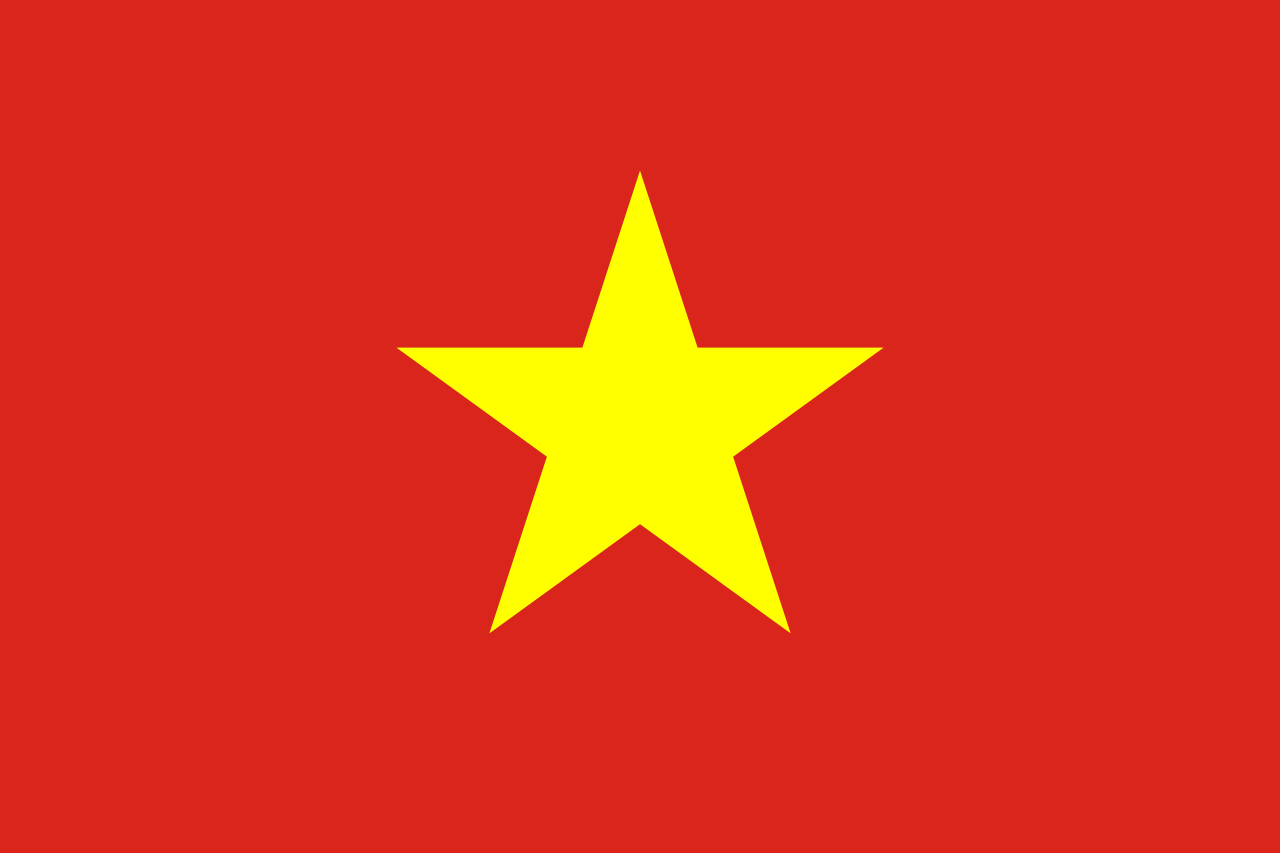
Problem 1
a) Prove that for all positive real numbers \(a\), the polynomial \(P(x) = x^3 + ax^2 + (a+1)x + 1\) has a unique positive zero.
b) A sequence \((x_n)_{n \ge 1}\) is defined by \(x_1 = 1\) and for all \(n \ge 1\), \(x_{n+1}\) is the positive zero of the polynomial \(P_n(x) = x^3 + x_n x^2 + (x_n+1)x + 1\). Prove that the sequence \((x_n)\) converges, and find the limit of the sequence.
Problem 2
For each non-negative integer \(n\), let \(a_n = \binom{2n}{n}\).
a) Prove that \(a_n\) is a positive integer for all \(n \ge 0\). When \(n\) changes, what is the largest possible remainder when \(a_n\) is divided by 3?
b) Find all pairs of positive integers \(k, m\) such that \(k \ge m\) and for all odd positive integers \(n\), \(a_n \equiv m \pmod{k}\).
Problem 3
Let \(ABC\) be an acute, scalene triangle with circumcenter \(O\), circumcircle \(\Gamma\), orthocenter \(H\). Line \(AH\) meets \(\Gamma\) again at \(D\). Let \(M, N\) be the midpoint of segments \(BC, AD\) respectively. The line through \(N\) and perpendicular to \(MN\) meets line \(OH\) at \(P\).
a) Line \(AO\) meets \(\Gamma\) again at \(E\). Prove that the intersection of line \(DE\) and the perpendicular bisector of \(BC\) lies on the circumcircle of triangle \(BHC\).
b) The line through \(P\) and perpendicular to \(OH\) meets line \(BC\) at \(Q\). Line \(AQ\) meets \(\Gamma\) again at \(R\). Let \(S\) be the intersection of lines \(OH\) and \(AR\); \(T\) be the intersection of lines \(MN\) and \(BC\); \(U\) be the intersection of lines \(QR\) and \(AD\). Let \(V\) be the intersection of lines \(ST\) and \(QU\), and let \(l\) be the line through \(V\) and perpendicular to \(AH\). Prove that \(l\) bisects \(QR\).
Day 2 - 26th December, 2024
Problem 4
Let \(ABC\) be an acute, scalene triangle with altitudes \(AD, BE, CF\) with \(D \in BC, E \in CA, F \in AB\). Let \(H, O, I\) be the orthocenter, circumcenter, incenter of triangle \(ABC\) respectively and let \(M, N, P\) be the midpoint of segments \(AH, BH, CH\) respectively. Let \(X, Y, Z\) be the intersection of pairs of lines \(MN\) and \(AB\), \(NP\) and \(BC\), \(PM\) and \(CA\) respectively.
a) Prove that the circumcircle of triangles \(XEF, YFD, ZDE\) have two common points that lie on line \(OH\).
b) Lines \(AX, BY, CZ\) meet the circumcircle of triangles \(XEF, YFD, ZDE\) again at \(A', B', C'\) respectively. Let \(H_a, H_b, H_c\) be the reflection of \(H\) across \(BC, CA, AB\). Prove that \(A', B', C', H_a, H_b, H_c\) lie on a line perpendicular to \(OI\).
Problem 5
Consider a \(n \times n\) square grid (where \(n\) is a positive integer), the cells in the grid are coordinated in terms of columns and rows: Cell \((i, j)\) is at the \(i\)-th column from left to right and the \(j\)-th row from bottom up. We want to place \(k\) marbles in the cells of the grid, with each cell containing at most one marble, such that
- Each row and each column has at least one marble
- For each marble, there is another marble placed on the same row or column with that marble.
a) Assume \(n = 4\). Determine the number of ways to place the marbles to satisfy the above conditions (Two ways to place marbles are different if there is a cell \((i, j)\) having a marble placed in one way but not in the other way).
b) Assume \(n \ge 2\). Find the largest positive integer \(m\) such that if we mark any \(m\) cells on the board, there is always a way to place \(2n\) marbles satisfying the above conditions such that none of the marbles are placed on any of the marked cells.
Δεν υπάρχουν σχόλια:
Δημοσίευση σχολίου